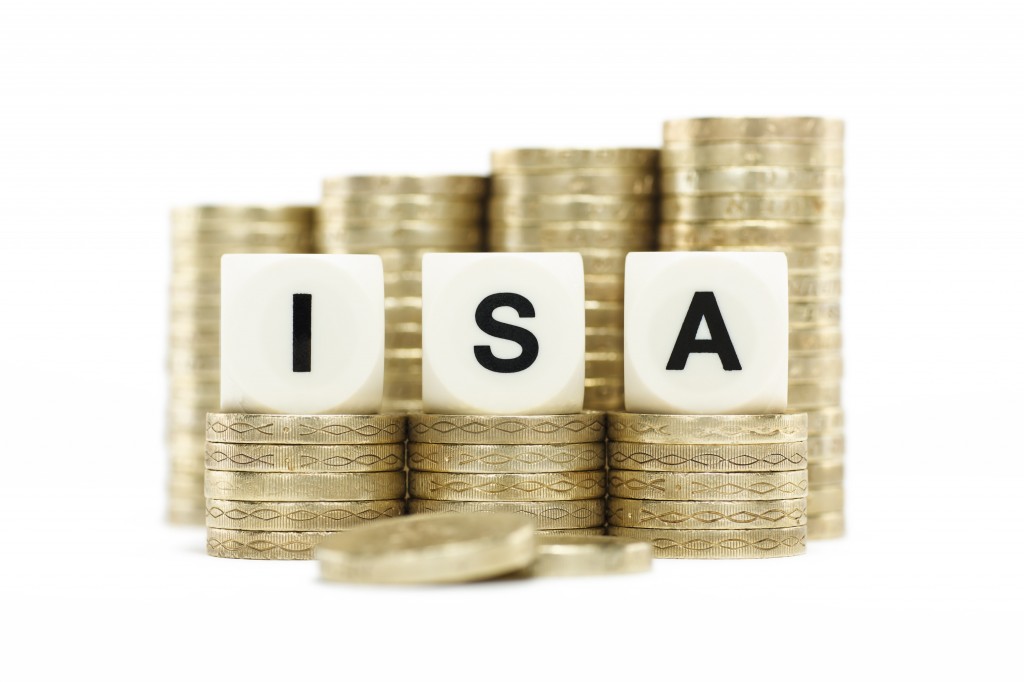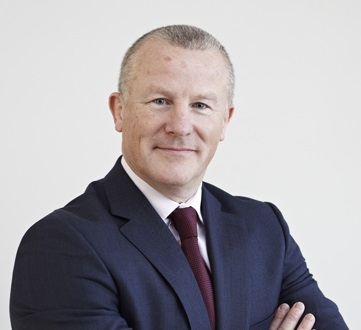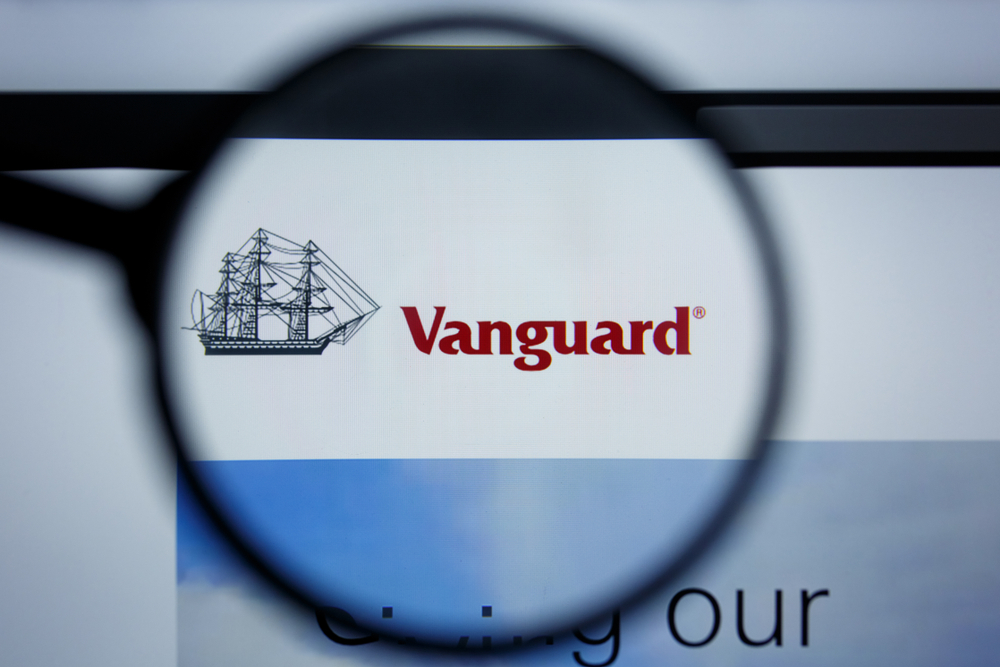Bed and ISA instructions have soared as investors look to protect their hard-earned cash from the tax man. But what is this strategy and why is it so important this tax year?
No doubt a quirky term – the ‘Bed and ISA’ is best thought of as a strategy for investors to put any future tax to bed.
This is because investors can sell investments held outside of tax wrappers and then channel the cash into an ISA or pension to shelter it from tax.
Since the start of the year, investors have jumped on the Bed and ISA bandwagon, with Bestinvest recording a 131% rise in instructions this February 2024, compared to the same time last year.
Meanwhile, Interactive Investor recorded its “busiest ever January” for Bed and ISA applications – up 7% compared to January 2023. The investment platform added that 2023 was also a record-breaking year overall for Bed and ISA requests – up 53% compared to 2022.
And it’s for good reason, as both the annual Capital Gains Tax (CGT) exemption and dividend allowance are set to halve in the new tax year.
CGT is paid on any profits made on investments, including stock market investments and second properties. The annual allowance was already slashed from £12,300 to £6,000 in April last year. But on 6 April 2024, it will be cut to £3,000.
At the same time, investors have also seen the dividend allowance cut from £2,000 to £1,000 last year, and this will be halved again to a mere £500 from 6 April 2024.
Beat the tax cuts with the Bed and ISA: What you need to know
If you’ve made substantial capital gains on investments held outside of a tax wrapper, and you have some of this year’s up to £20,000 ISA allowance left, “you should consider selling up now while you still have the £6,000 CGT tax-free allowance to utilise”, urges Alice Haine, personal finance analyst at Bestinvest by Evelyn Partners.
She explains that the CGT rate for investments such as shares is 10% for basic rate taxpayers, or 20% for higher earners.
Further, those with dividend-paying assets held outside an ISA “might also run the risk of breaching their dividend allowance limit when it halves next tax year”, she warns.
Here, income received from shares, equity funds, ETFs and investment trusts is charged at 8.75% for basic rate taxpayers, 33.75% for higher rate taxpayers and 39.35% for additional rate taxpayers.
“To get around these taxes in the future, investors can sell shares or funds – taking care not to incur a capital gains liability in the process – and then repurchase them within an ISA. This process, known as ‘Bed and ISA’, protects investors from future tax on both income and gains”, Haine explains.
However, she cautions investors to calculate capital gains carefully before selling “to ensure you don’t make yourself liable for tax by exceeding the £6,000 exemption”.
And another point to note is on timing.
“ISA and SIPP [Self-Invested Personal Pension] providers will have a cut-off point for Bed and ISA and Bed and Pension transactions at tax year end to allow enough time for the process to complete. Transfers can take up to 10 days or longer so starting the process sooner rather than later is a good idea”, she says.
Further, while transfers can often be carried out online, some providers may require clients to do the process manually themselves, “so don’t delay if you want to maximise tax allowances while you still can”.
Sarah Coles, head of personal finance at Hargreaves Lansdown, says that while the same process can be done in a SIPP with great tax benefits, “you’ll need to consider the move carefully”.
She says: “Just as with Bed and ISA, you’ll need to take care to stay within the Capital Gains Tax threshold when you sell up. You’ll also be tying your money up until age 55 at the earliest, which makes it a very different kind of investment. So, you’ll need to be sure that a SIPP will meet your needs.”
Time out of the market
As well as timing and SIPP considerations, Graham Brodie, wealth planner at Succession Wealth, says that as with any investment, there will be costs involved if you use the Bed and ISA strategy.
“These will typically include dealing fees, stamp duty, platform charges and a fund switching cost or initial charge. Although costs are an essential consideration, over the long term, the tax advantages of holding investments within an ISA will likely outweigh the charges,” he says.
He adds: “In addition, even though the Bed and ISA process is quick, there is a risk that any time out of the market could have a detrimental impact on your investments. Shares are usually sold and repurchased simultaneously to limit potential price movement, but the sale and repurchase of funds can take a few days.”
CGT is payable on any profits above a person’s annual allowance, but moving the investments to an ISA means “you won’t pay Capital Gains Tax on those profits in future”, says Myron Jobson, senior personal finance analyst at Interactive Investor.
He adds that “we’re facing the highest overall tax burden in a generation thanks to the deep freeze of tax thresholds and allowances that, in tandem with wage inflation, means we’ll be more in tax in the years to come”.
As such, the Bed and ISA process “is a valuable tool as part of a broader portfolio spring clean strategy”.
Interactive Investor calculations reveal that a capital gain of £5,000 will attract no tax this tax year, but would be subject to a tax charge of £200 for a basic-rate taxpayer and £400 for a higher-rate taxpayer from the 2024/25 tax year.
Meanwhile, a dividend income of £1,000 will attract no tax this year, but would be subject to a tax charge of £43.75 for a basic-rate taxpayer and £168.75 for a higher rate taxpayer from the 2024/25 tax year.
Four-step process for a Bed and ISA instruction
Bestinvest’s Haine lists these four steps for investors who do not have new money to invest to use up the annual £20,000 ISA allowance, but who do hold other investments, such as shares:
1) Open an ISA or use an existing account
If you don’t already have a Stocks and Shares ISA, open an account now, either with the same provider as your General Investment Account (GIA) (if you have one), or with a different provider.
“If you hold shares in certificated form, you will need to transfer them to a GIA with your chosen ISA provider so they can then sell them. This may take a few days,” she says.
2) Check your ISA allowance
If you already hold a Stocks and Shares ISA and have contributed this tax year, calculate how much of your £20,000 allowance remains.
3) Sell your investments
Sell your existing investments held in an investment account up to the value you would like to move into your ISA, making sure not to exceed your current CGT exemption limit (£6,000).
Haine says: “While you may pay CGT on any profits above your annual allowance, moving the money into an ISA means you won’t have to in the future – something that will become very beneficial as allowances dwindle.”
4) Move the money and reinvest
If you’re moving investments to an ISA with the same provider, the sale and purchase can be done simultaneously.
“Remember, your provider may charge a trading fee for selling and buying shares. Purchases of UK-listed shares (other than those listed on AIM) will incur stamp duty of 0.5% so factor those costs in. There will almost always be a buy/sell spread between the sale and purchase price, so you could end up with slightly fewer shares in your ISA than you held previously,” Haine says.
For those moving to another provider, Haine says to wait for the funds to appear in investment accounts as cash then call the new provider to make the transfer to the ISA.
“Once the cash is added to the ISA, you can then buy back the same investments – effectively ending the Bed and ISA journey. However, savers can also hold the money in cash or invest in a fresh collection of assets.
“Don’t worry if you need more time to make an investment selection; simply store your money as cash and purchase investments when you are ready or drip feed money into the markets at regular intervals. Some platforms provide interest payments on cash balances, so the money might not be sitting idle,” she says.





